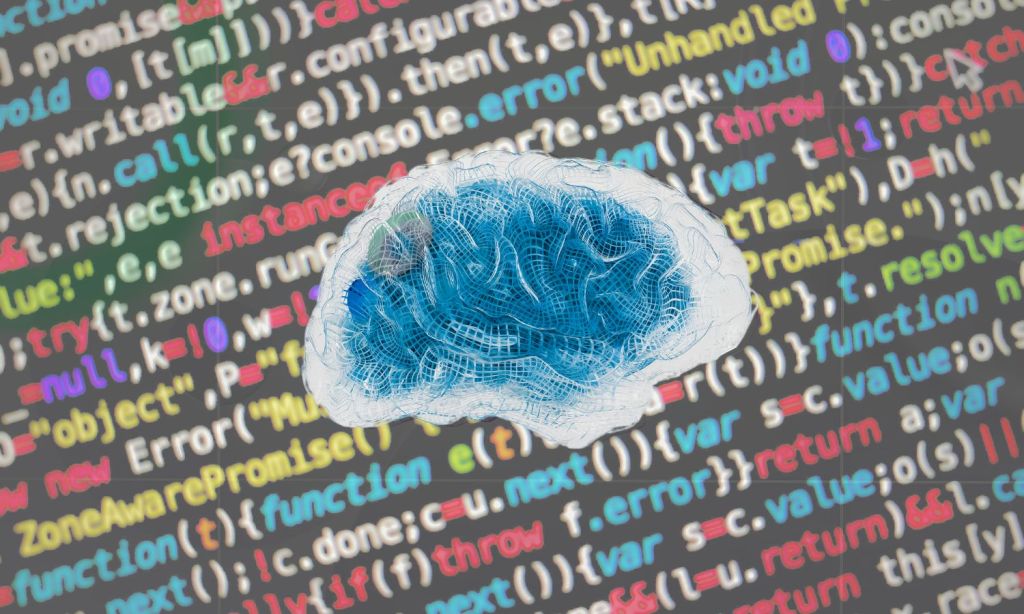Scientists in Australia have taken us one step closer to the future that 80s sci-fi promised with the development of non-invasive, portable technology that can convert thought into text.
The device enables “seamless” communication between humans and machines while also providing communication potential for people who have lost the ability to speak through injury or illness. It could also be instrumental in the communication between the brain and robotic limbs, the researchers say.
Previously, the team have collaborated with the Australian Defence Force to use the technology to remotely control a four-legged robot ‘dog’.
“This research represents a pioneering effort in translating raw EEG waves directly into language, marking a significant breakthrough in the field,” said Distinguished Professor CT Lin, Director of the GrapheneX-UTS HAI Centre at the UTS Faculty of Engineering and IT.
“It is the first to incorporate discrete encoding techniques in the brain-to-text translation process, introducing an innovative approach to neural decoding”.
The device resembles a shower cap with dozens of electrodes stuck to it that measure electrical activity in the brain through the scalp using an electroencephalogram (EEG).
The EEG wave is then broken up into distinct units that capture specific characteristics and patterns from the brain. The device uses artificial intelligence technology through an AI model called DeWave which the researchers also developed. By training the programme on large amounts of EEG data, it can learn to translate EEG signals into words and sentences.
The technology has been described as a breakthrough given that previous thought-to-text technology has required invasive brain surgery in order to work. Others require scanning in an MRI machine which is also impractical. Elon Musk’s fabled Neuralink technology works via the former method which has been critiqued for its safety.
UTS have trialled their new device on 29 participants, far more than previous thought decoding technology which so far have only been tested on one or two people.
The issue with using electrodes outside of the brain, rather than surgically placed within it, is that the signal you receive is “noiser” and less accurate. However, with the additional AI help, the team have said that this is becoming less of an issue.
“The model is more adept at matching verbs than nouns. However, when it comes to nouns, we saw a tendency towards synonymous pairs rather than precise translations, such as ‘the man’ instead of ‘the author’,” said first author Yiqun Duan.
“We think this is because when the brain processes these words, semantically similar words might produce similar brain wave patterns. Despite the challenges, our model yields meaningful results, aligning keywords and forming similar sentence structures,” he said.
Currently, the technology is around 40% accurate while traditional language translation or speech recognition programmes are around 90%. The researchers say their next step is to improve the accuracy up to those levels.
Related: Aussie Scientists Say Technology In Our Brains Will Be Commonplace By 2040
Related: Google AI Has Discovered More Materials Than Humans Have in the Entire History of Science
Read more stories from The Latch and subscribe to our email newsletter.







